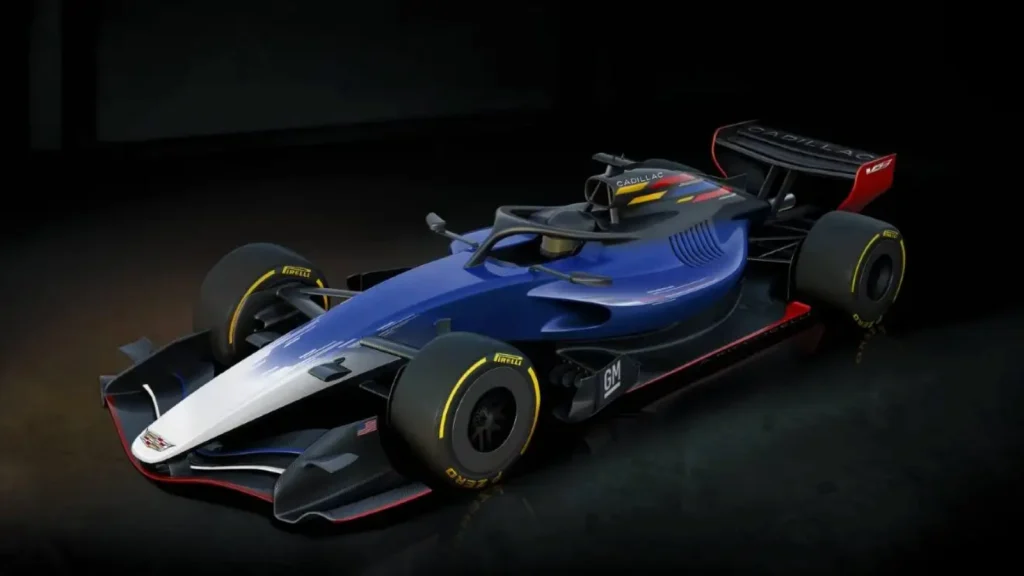Soon-to-be F1 newcomer Cadillac is investigating the possibility of enhancing its relationship with Ferrari, including suspension.
The entity now known as Cadillac looks set to join the F1 grid in 2026 after a drawn-out and political battle with F1’s commercial rights holder.
Previously known as Andretti, the entity has suffered numerous setbacks since the FIA first announced its candidacy to join F1.
F1 initially rejected the bid due to commercial concerns over what value Andretti could bring to the table, sparking a fierce backlash.
But F1 entered into negotiations with the fledgling team after owner Michael Andretti stepped aside, transforming it into Cadillac.
The new outfit has since confirmed a Ferrari engine and gearbox deal while parent company General Motors develops its own engine.
Back to the future deal for Cadillac?
However, according to Motorsport.com, Cadillac is also open to deepening ties with Ferrari to include suspension supply.
This would align the team with Ferrari’s existing relationship with Haas, which includes engine, gearbox, suspension and technical support.
Other teams on the grid also enjoy deep technical partnerships. Aston Martin receives a complete rear end from Mercedes, while Red Bull shares suspension with its junior team RB.
Any deal for Ferrari to supply Cadillac with a complete suspension package will likely cause concern for the teams at the back of the grid.
Now that Cadillac is working towards a confirmed 2026 entry, it is bound by the rules governing CFD and wind tunnel testing time.
However, as F1’s newest team, the maximum 115 percent time in the wind tunnel is permitted, giving it a sizeable advantage over its immediate rivals.
Current F1 teams also have to split their wind tunnel time between this year’s car and the massive technical regulation changes in 2026.
The FIA is also clamping down on front wing flexing, so teams must adapt all front wings from the Spanish Grand Prix.
Not only can Cadillac devote all of its wind tunnel time to its 2026 car, but it can also dedicate all CFD time and bypass adapting front wings altogether.
Given Haas’s highly successful debut in 2016, midfield teams will be watching with caution at Cadillac’s preparations.
If Cadillac does use a deal similar to Haas when it makes its debut next year, it will already have a jump on the likes of Sauber.
Feature Image Credit: Planet F1



